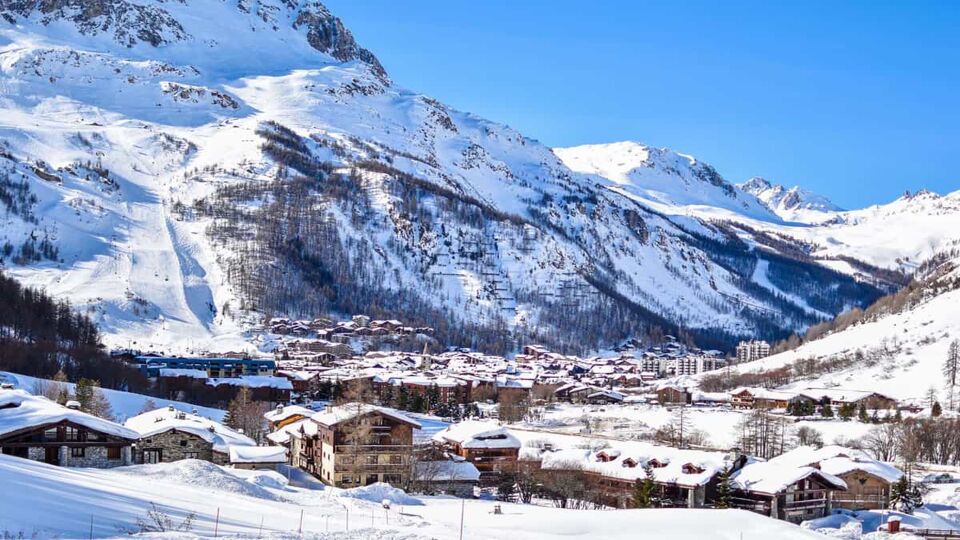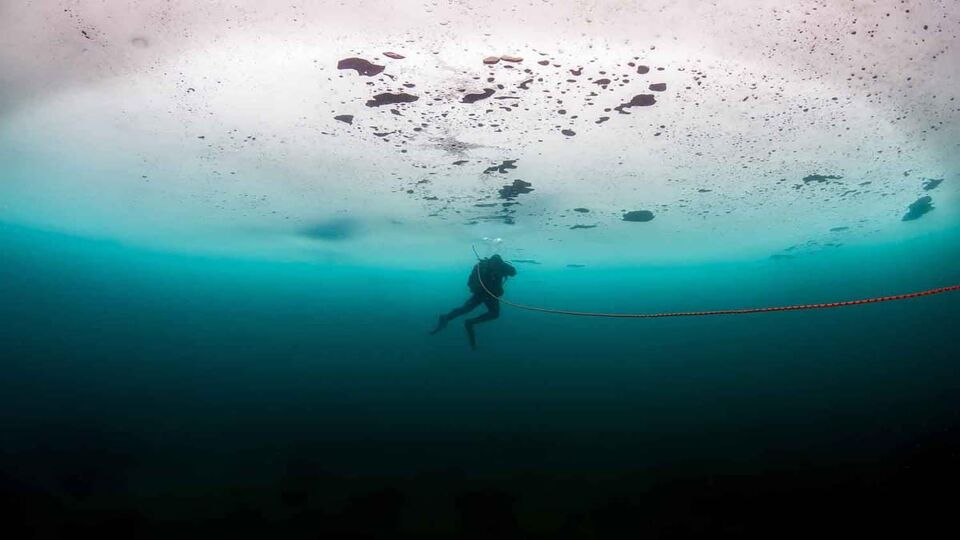
Bucket list destination:
Val d’Isere
Val d'Isere, Auvergne-Rhone-Alpes, France

Many ski resorts have the prefix ‘Val’ – but Val d’Isère is the only one instantly identified by that single word, showing its pre-eminence as a mountain resort. The mere mention of it sends a tingle down the spine of all skiers and boarders, recreational and racing.
The ski area is huge and links with neighbouring Tignes, with Tignes, which has all-year glacier skiing.
Alongside its thrilling descents and mega expanses of off-piste (10,000 hectares, to be precise), there are plenty of places where beginners and children can find their ski legs. The ski schools are superb.
Val d’Isere itself is an attractive town, with a lively nightlife and excellent accommodation.
With extensive, world-class skiing and excellent facilities for all ages and abilities, it’s hard to beat.
Exceptional runs
Val is packed with famous, and notorious, runs. La Face, one of the most consistently steep FIS courses, was used for the 1992 Olympics and 2009 World Championships, while the opening World Cup downhill race is run on the OK piste every December. Both are on Bellevarde, immediately above the village.
Apres ski
The après ski is very lively for a French resort, with some famous-name bars, both on and off the mountain. The atmosphere is almost Austrian, with dancing on tables in some places. There’s a lot of live music and no shortage of bars showing football – but quiet, sophisticated ones too.
There are fabulous spas at many hotels for those who just want to pamper tired muscles. There’s a cinema too, with some films in English.
Other activities
Anyone who fancies themselves as Lewis Hamilton on snow can take a course on the ice-driving circuit at Tignes – a great adrenaline rush. Try a quad bike, buggy or a sports car. Or be in charge of your own sled and team of huskies, driving them, with a guide, along forest paths. There’s also ice diving at Tignes – taking down into the icy waters under a lake.
Summer activities
Val d’Isère-Tignes provides some great rock-climbing terrain, popular during summer, including a via ferrata (a mountain climbing route equipped with fixed cables and ladders to make it accessible to a wide range of abilities).
Hiking, mountain biking and quad-biking are popular too. Guided glacier walking, with crampons, is available from a number of operators, and there are forest canopy adventures too, with zip lines, monkey bridges and harnessed walkways.
Orientation
The resort, which regularly hosts World Cup races, is remotely located in the Tarentaise Valley in France’s Savoie department, fringing the Vanoise national park. A dramatic, hair-pinned road leads up from Bourg St Maurice.
It’s only three miles from Italy’s border but the valley is a dead-end in winter. Many lifts service the skiing area, which is linked with Tignes from Val as well as its satellite villages of La Daille and Le Fornet.
Travel advice
When to go
Val has a long season, from the beginning of December to the beginning of May – and almost all-year skiing on two glacier areas.
It is high and has a good snow record – you can hit the jackpot in early and mid-December weeks with great cover, quiet slopes and attractive prices.
Similarly, April weeks, especially if Easter has been early, often see good late snowfalls and relatively few skiers and boarders.
Getting there and away
Airports to use are Geneva (145 miles away, three-and-a-half-hour transfer), Lyon (150 miles but slightly quicker) or Chambery (90 miles and just two hours away). Geneva has the best service of scheduled flights. Buses run from airports and taxi services operate group or single transfers. Rail is an option from airport gateways.
Getting around
The lift system, covering Val and Tignes, is constantly being upgraded and added to and this, along with efficient lift-loading procedures, keeps queues under control. Waits can be encountered at peak ski school starting times. Lift stations are located all along the valley, from La Daille to Le Laisinant and Le Fornet. Accommodation is strung along the valley and lifts are linked by very efficient free shuttle buses. Night owls should be prepared to use taxis.




